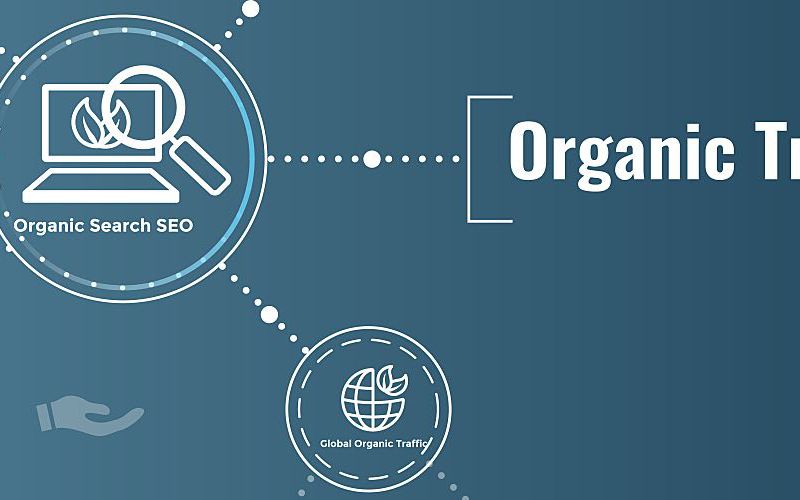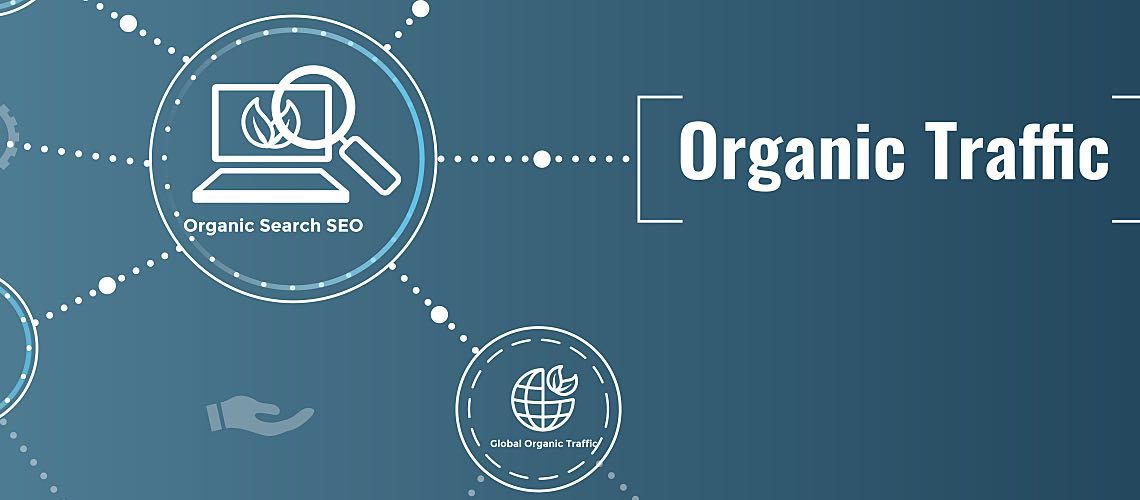Organic Search Optimization for Water Labs


Search engine optimization (SEO) can be complicated and can sometimes feel like a full-time job. Luckily, you can optimize your water lab's website for organic search with just a basic understanding of search optimization.
Why Organic Search Matters
Paid advertising is a great way to boost your website, but it isn't always necessary. Organic search — in other words, natural search — gives results based on algorithms. The algorithms take hundreds of factors into account, and since Google wants to deliver the best answers to their users, they are constantly changing their algorithm so that website managers create better sites, user experiences, and content. These updated algorithms change the way websites are ranked on the search engine results page (SERP).
The good news is you don't have to constantly follow the intricacies of SEO optimization. You only need to understand the overall SEO strategy and industry best practices. When someone searches for an answer to their question — such as "where to get my water tested?" — Google "crawls" or reads your website to see if you're a good match. The algorithms evaluate whether your website's content is relevant and proximate in location. While humans can use intuition to determine this, Google uses a combination of factors, primarily keywords.
How to Boost Your Search Rankings for Free
The search engine rewards sites based on hundreds of factors, according to Wordstream. Understanding what Google likes and dislikes is essential because the search engine will reward or punish your site accordingly by moving your website higher or lower in the rankings (SERPs). For example, Google will punish aggressive and manipulative use of keywords such as "keyword stuffing." Here are some examples of the factors that Google considers when it crawls your website:
- Reputation: the number and quality of other websites that link to yours
- Behavior: how people engage with your website, such as whether they click on it and how long they stay
- Tech: the site's loading speed and mobile-friendliness (or lack thereof)
- Content: the amount of unique content on your website
And don't forget to analyze your results. Look at your website's traffic and conversion rate and track the numbers over time to see if your SEO efforts have improved your website.
Starting Out
So, how do you begin? First, find the right keywords. To do this, brainstorm with your team and then use a free SEO tool to refine your choices. Finding your targeted keywords requires balance: Think like your customer, and make sure to study the competition. Choose terms that many people search but that other websites don't provide the right content for.
Next, incorporate the keywords into your website as naturally as possible. Be sure to include your keywords in both the content of your website (what people see) and the HTML elements (the code behind your website). If you hired a web developer to build your website, reach out to them directly to request these updates. Or, if you built your website in-house with a content management tool like WordPress, Squarespace, or Wix, you can log in and make these changes directly. The places and ways in which to use your keyword include:
- Title Tags: These are the words you see at the top of the browser and in the SERP. They are populated by your page's meta tag. Wordstream says title tags are the single most impactful place you can put your keyword. Place your keywords here — the earlier, the better.
- Meta Description: Also known as SEO description, this is the blurb that appears in search results to give searchers a brief description of your web page. Try to include a concise description of your website while incorporating keywords naturally. Think of the meta description like your ad copy. Include a call to action (CTA), such as "find out if your water is clean" to entice searchers to click on your page.
- Body Content: This is the actual text that appears on your website. Certainly include your targeted keywords here, and use synonyms to avoid keyword stuffing.
- Alt Attributes: When you add images to your website, there is an option to add a description of the image for people who can't see the image (either due to a disability, slow internet speeds, or other factors). Carefully consider whether you can put your targeted keywords here. The main goal of alt attributes is to accurately describe the image. But if you have a photo of your lab, for example, this could be a great opportunity to include a keyword such as "water testing lab in Baltimore."
- URL Structure: Don't overlook the URL (web address). Just like alt attributes, this could be a hidden opportunity to make your targeted keywords available to Google's algorithms.
Multitask
There is no doubt that Google is the leading search engine. However, don't overlook the other ways people search for you. All of these organic search principles can also apply to other search engines (such as Yahoo and Bing) and social media platforms (such as Facebook and LinkedIn). Overall, keep in mind that the goal is to help your customers find you online.






